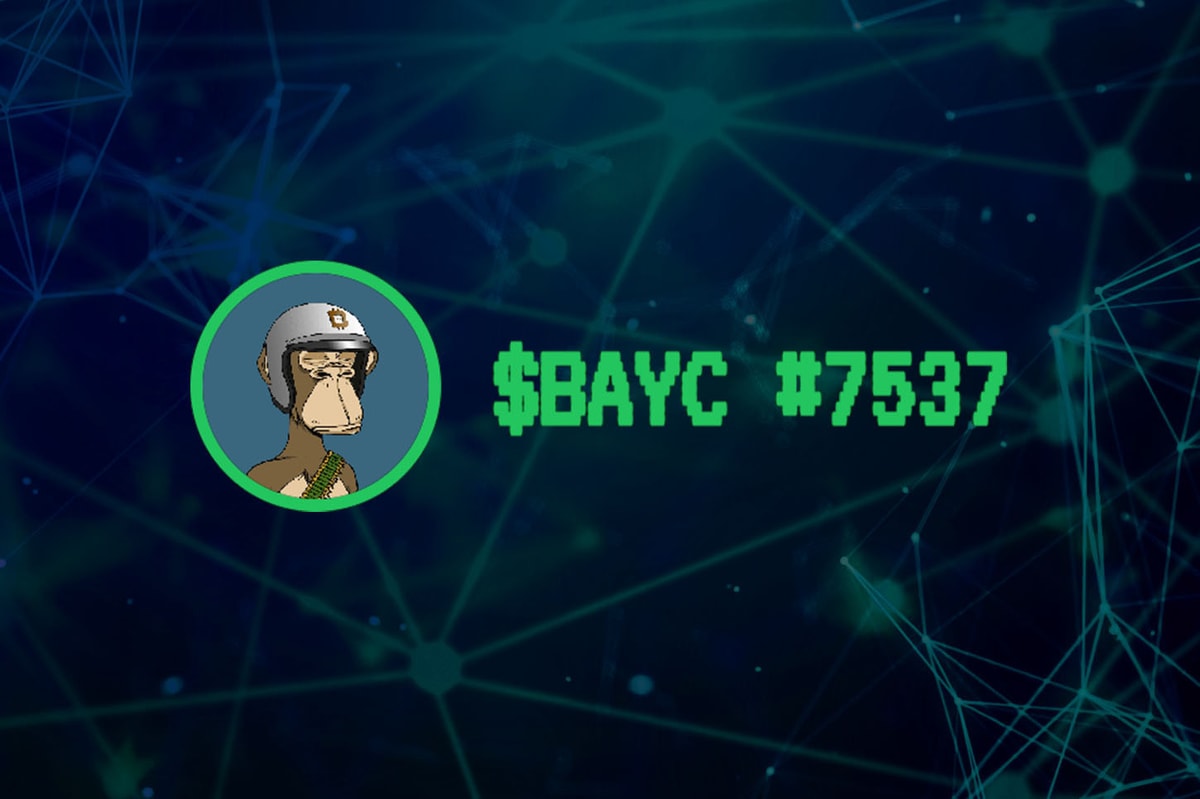If you didn’t know already, Vertcoin is an ASIC-resistant coin, one of the first coins I found out about and wrote about. Vertcoin with has been slowly dropping in market cap over the last few days, but that hasn’t discouraged the community with releases such as the Stealth Address, and now the POW change to Lyra2. Below is a short video explaining stealth addresses more in-depth.
1. What is Vertcoin?
Vertcoin aims to be the cryptocurrency of choice for personal and business use. We were the first to offer Stealth Addresses protecting everyone’s right to privacy on the blockchain. We believe this to be a much more practical implementation than pure anonymity because as cryptocurrencies gain widespread use and attention, private transactions will be far less litigious than anonymous ones.
2. Why did the Vertcoin Team make the decision to change POW algorithm?
A founding principal of Vertcoin is ASIC resistance. With the advertisement of several Scrypt-N ASICs we know it will only be a matter of time before one actually lands in market. Rather than wait for it to come, we are preempting with a change in algorithm. Lyra2 has additional advantages over Scrypt including more granular control over memory and processor hardness.
3. Why not POS, or a different proof algorithm altogether?
PoS is not a fully vetted architecture and may be more vulnerable to attack than people originally thought. As most people know now, with PoW a pool would theoretically be able to execute a 51% attack as they gain the necessary hashing power. With PoS the accumulation of mining power is less obvious and harder to decentralize. Think of a popular exchange that holds more than 51% of a PoS coin. With Vertcoin and PoW, we have an alternative pool mining mechanism – P2P – which helps decentralize the hashing power. How would we accomplish that in PoS? Also, with PoW, a miner needs to choose a fork of the blockchain and hash against it – they cannot mine two forks simultaneously. With PoS, mining multiple forks costs nothing which leaves a nefarious miner with no reason to mine a single chain. I am not saying these issues can’t be resolved, I am merely saying it is too new to fully understand the implications. Regarding the algorithm, Lyra2 is a natural evolution of Scrypt and offers nice improvements. The implementation is less complex than Scrypt, memory and processor hardness are decoupled, and just by virtue of being new to the cryptocurrency space, it will not be multipool mine-able initially.
4. What process went in picking the algorithm that you did pick?
We reviewed the published documentation on several new PHSs (Password Hashing Scheme) and Lyra2 has a lot of the features we are looking for – namely the variability of memory and processing hardness. This affords us some flexibility if ASICs for Lyra2 hit the market.
5. Lyra2, why not the popular X11 algo, or perhaps even x11-n?
I assume by X11-N you mean multiple rounds of X11 (because it does not have N factor memory/processor hardness scalability), but that is not any more ASIC resistant if N = 1 or if N = 10. We recognize that many are attracted to the low power consumption mining X11; we will do what we can to maintain the features of variable memory/processor hardness and incorporate reduced efficiency to get lower power consumption.
6. How do you feel this will affect Vertcoin, and even Stealth Addresses?
The impact is a more secure, decentralized PoW network. We will remain forever committed to that pillar of our founding. Stealth Addresses are not impacted by the change in algorithm.
7. Current Status of transition to Lyra2?
We are still in the beginning phases of the development cycle as outlined by the timeline we posted here: https://vertcoin.org/pow-algorithm-upgrade-lyra2/. There are many other changes in the pipe as well, so this will be developed in parallel with those changes.
8. When will transition to Lyra2 be complete?
We have a goal of the end of November, but ideally we will be done before that. The most important thing is the stability of the Vertcoin network when making changes like this, so we will be certain to include ample testing time.
9. Future Development plans?
The great thing about Vertcoin is that we have taken steps to decentralize some of the decision making process with VertVote. Any Vertcoin holder with at least 10VTC can vote on important changes to the coin. The options presented will have already been discussed at length internally so it places less of the onus on the community while giving them a voice. This is a pretty big deviation from most coins’ approach to development. We have been actively discussing changes to the block maturation time and a new method of controlling coin subsidy emission, both aimed at deterring Multipools. I would encourage anyone interested in learning more about Vertcoin to visit https://vertcoin.org.
Photo Source: Client Given











